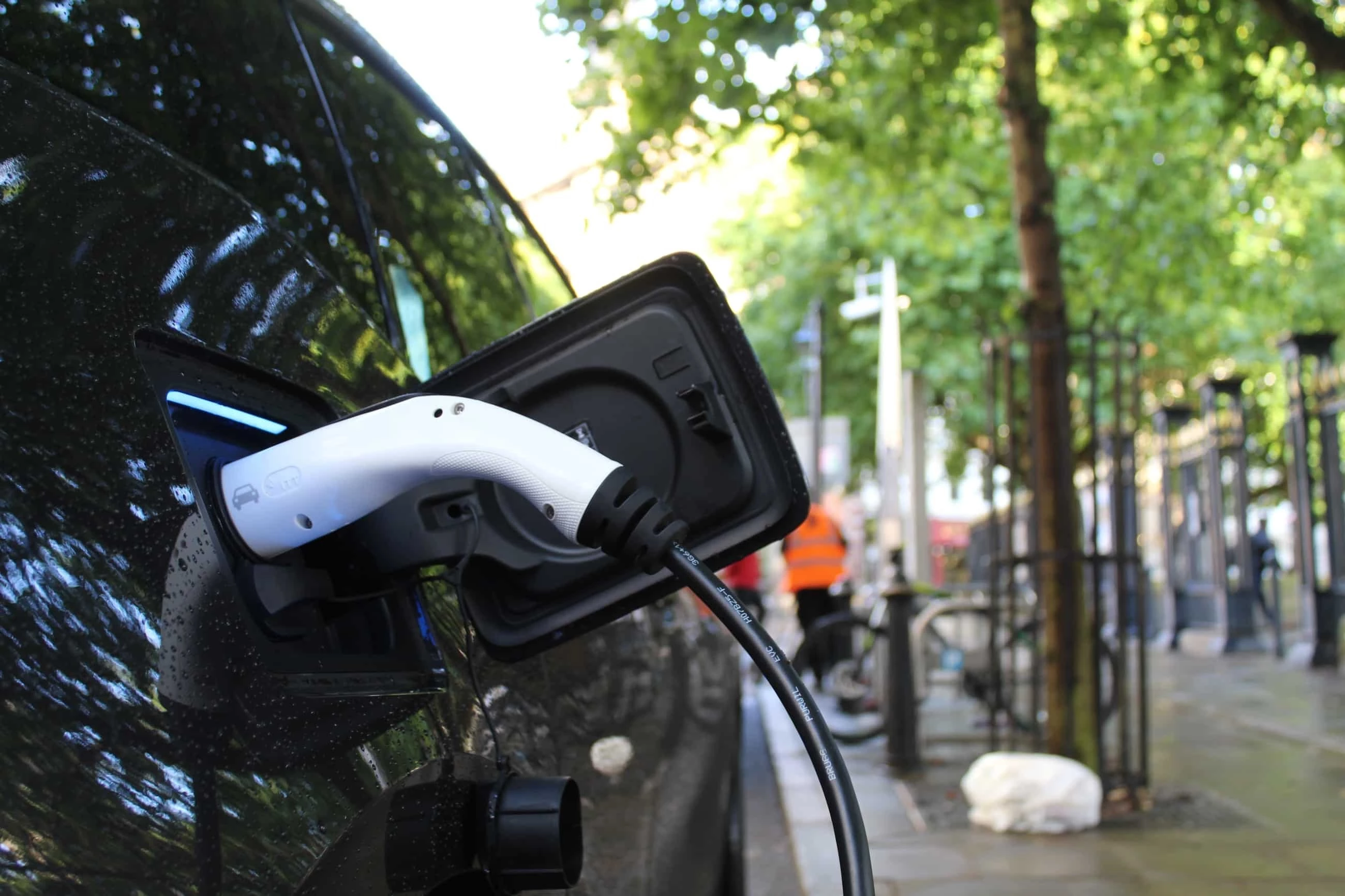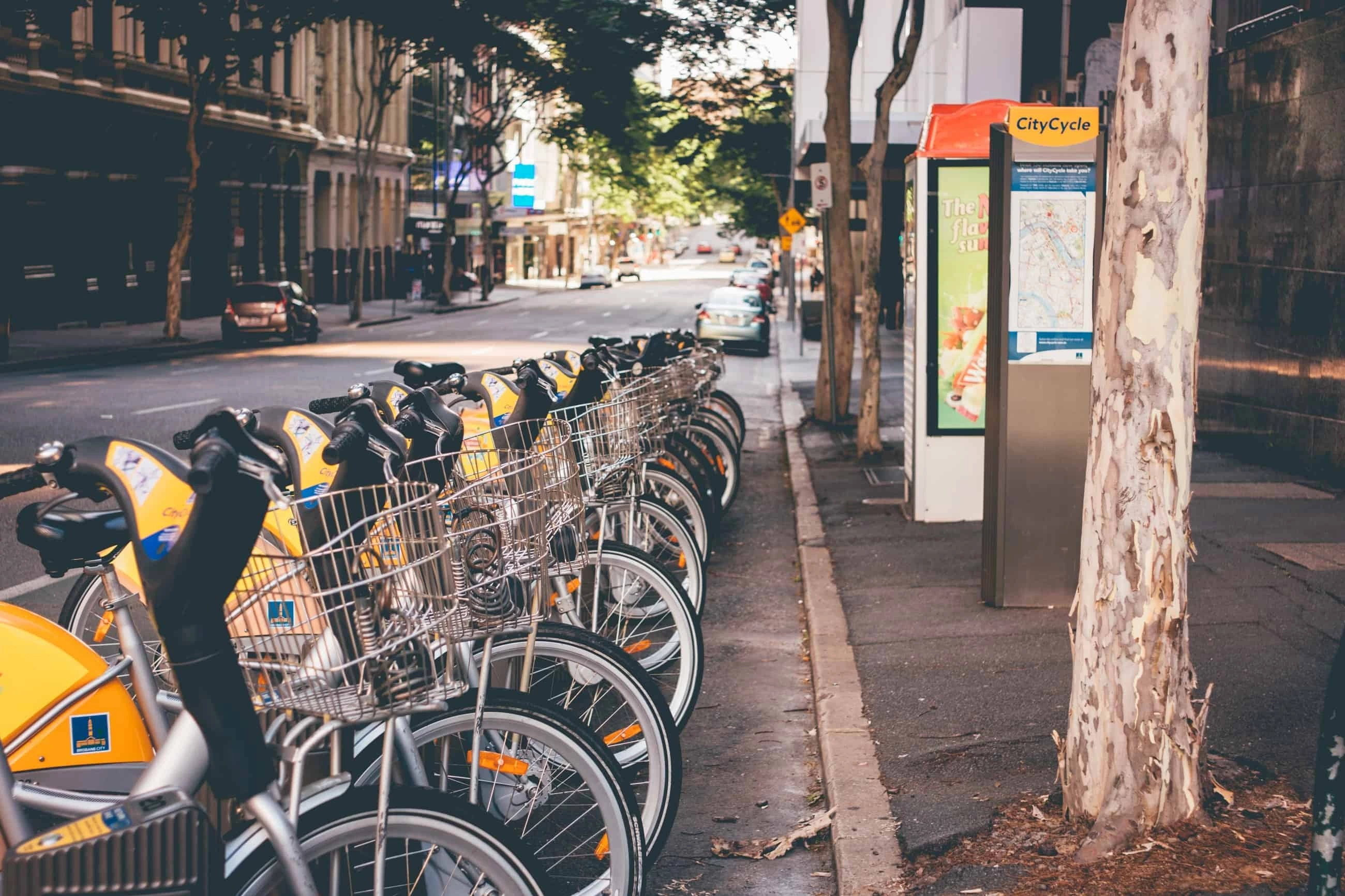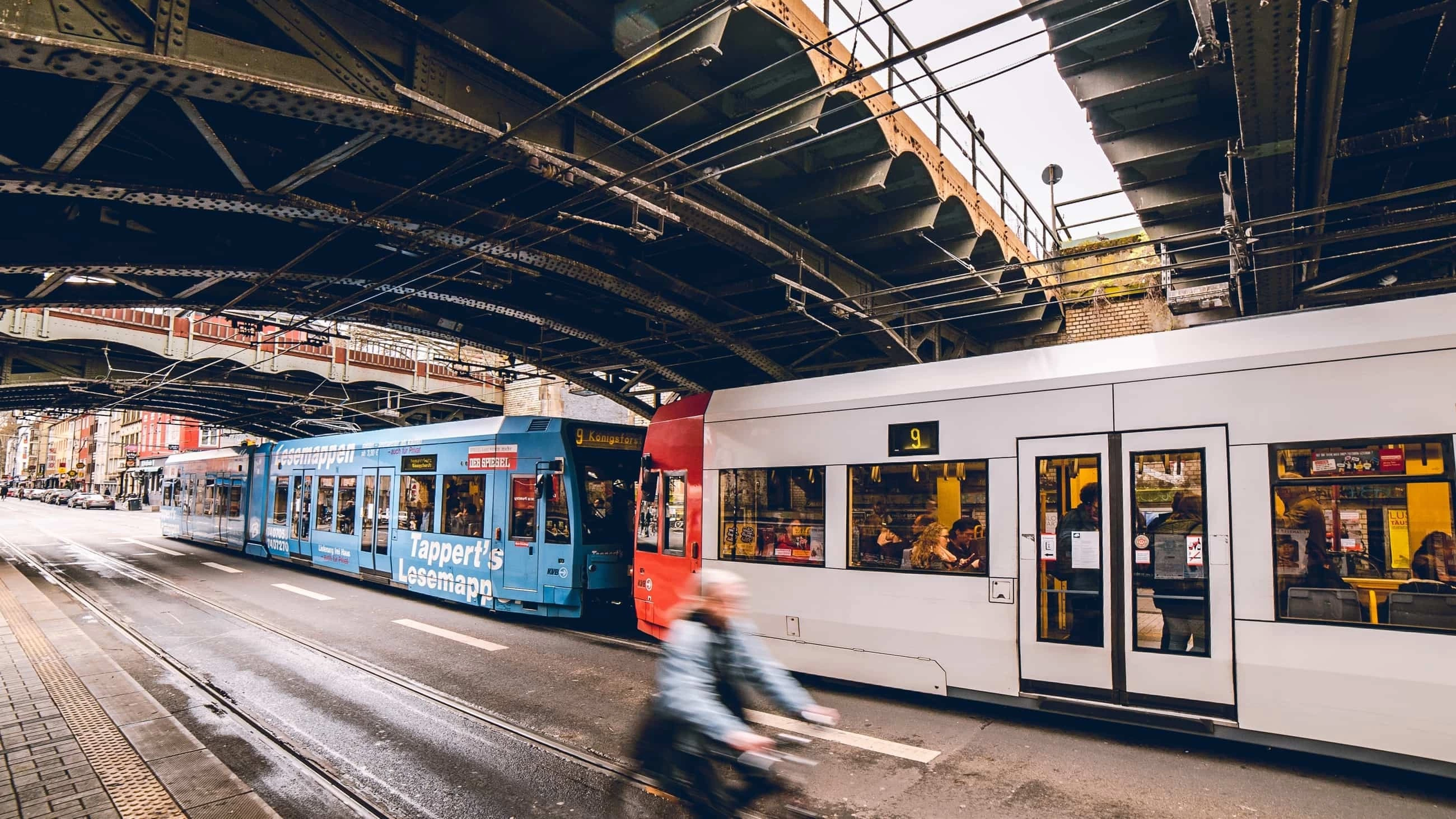In a frantic attempt to solve the mobility problems in Belgium, the government will soon launch a renewed version of the legal mobility budget. This is a good initiative, because experts estimate that by 2030 between 200,000 and 500,000 extra cars will be blocking traffic. To counteract this, the government hopes that the new version of the mobility budget will catch on with the general public. Critics, however, whisper that the renewed mobility budget is merely a green rag against the bleeding. In this blog, Payflip finds out what exactly is going on with the new version of the mobility budget.
Mobility budget 1.0
First of all, let us explain the current interpretation of the mobility budget. You have never heard of it? In itself, not surprising, because two years after its introduction in March 2019, only very few Belgian employees were using this -albeit interesting- way of salaries (nvdr, Payflip co-founder Filip Van Doninck was the very first employee in Belgium who chose the mobility budget! Read his experience.
Under the law on mobility budgets, employees can exchange their (right to a) company car for a virtual budget that is equal to the total employer cost for making that car available (including lease price, non-deductible corporation tax, non-deductible VAT, CO2 contribution for social security, etc.). Employees can spend this 'mobility budget' on environmentally and tax-friendly mobility solutions. It is a free choice for the employer to offer a mobility budget within the company, just like it is a free choice for the employee to accept the offer.
These alternative mobility solutions are divided into three different pillars.
The first pillar consists of the choice of an environmentally friendly company car. Within this pillar, the employee has the choice of leasing (purchasing) an electric company car or a company car that meets certain environmental standards. Although the traditional company car tax applies to this pillar, employees will often still be able to spend part of their budget on pillar 2 and 3 because of the 'cheaper tax bill' associated with this type of company car.
Within pillar 2, the employee can spend his mobility budget tax-free on a collection of sustainable means of transport such as (the purchase or lease of) a bicycle, an electric motorbike, a subscription to public transport, a shared car or other sustainable options for commuting. A very interesting use within this pillar is also the housing costs: employees who live within a 5 km radius of their workplace have the possibility to finance rent or the interest of a mortgage loan with the mobility budget.
Pillar 3 allows the budget that remains after the possible use of pillars 1 and/or 2 to be paid out in cash. A special employee contribution of 38.07% is deducted from this cash amount. Note that employees do build up social rights (e.g. pension) on this amount!

It's not all green that shines
Although the introduction of a mobility budget is a cost-neutral operation for employers, and employees can earn a nice net extra, opinions on this concept are divided. Some of the difficulties are outlined below.
The 'flaw' that stands out is the waiting period. For employees, there is a waiting period of 12 months during which they must have a company car (or the right to one) before they can join the mobility budget. This rule does not apply to new employees. On the employers' side, the company must at least offer a company car to one or more employees.
These waiting periods sometimes lead to unfortunate findings among motivated employers. There is the example of Payflip itself. As a young start-up with a passion for smart and flexible salaries, we cannot offer a mobility budget to our employees, as we first have to offer a company car to one employee for at least 12 months.
Another flaw is the limitation of the commuting distance (5 km) for the reimbursement of housing costs within pillar 2. Given that employees who live so close to work are already inclined to leave their car at home, the legislator is missing a great opportunity to make working Belgium really shift away from the company car. Convincing employees who live more than 5 km from work to green their commute should be the real priority. Note, however, that as a result of the corona crisis, the administrative practice surrounding the '5 km rule' has been relaxed: employees who work more than 60% from home can include their accommodation costs in the mobility budget, regardless of the location of their home!
Because of these, surely important, obstacles, both employers and employees are not inclined to give up the company car, the flagship of the salary package. All the more reason, therefore, to work on launching an improved version of the mobility budget!

Mobility budget 2.0?
On 18 May 2021, a press release came out in which the government announced that it would be working on a renewed mobility budget. It was announced, with some pride, that this mobility budget would be 'simpler, more flexible and more extensive' than the current version. We also read that the ultimate goal of the mobility budget is to achieve a modal shift: to have as many people as possible switch to a greener and more sustainable mobility.
What will the makeover of the mobility budget look like?
The main focus will be on broadening the range of costs that can be financed under pillar 2 of the mobility budget. The mobility budget will thus be able to finance public transport passes for family members living with them (previously, only individual tickets for family members could be financed from the mobility budget and a season ticket could only be in the name of the employee himself). The same goes for costs associated with a bicycle loan, parking and safety equipment (bicycle helmet, fluorescent jacket, etc.). Also, a (tax-free?) pedestrian bonus could be granted for the trip between home and work. Furthermore, the radius for the contribution of accommodation costs could be increased to 10 km. Finally, capital repayments on mortgage loans would also count from now on.
The abolition of the waiting period for employees is also on the list of changes.
No one will deny that these adjustments to the current version of the mobility budget are steps in the right direction. The question is whether this version of the mobility budget will reveal Belgium's mobility knot and make the working population cool with their company cars.
Payflip, as a young company that does not yet offer company cars, is not helped. As long as the conditions for granting employers are not relaxed, every company will first have to introduce a company car in the company before the mobility budget can be offered.
The envisaged modal shift with this renewed mobility budget does not yet seem to be immediate.

Timing?
How soon these new measures will be introduced is not yet entirely clear. The cabinet of Minister Van Peteghem has already confirmed to Payflip that the draft law has been approved by the Council of Ministers and that, once the summer recess is over, the necessary steps will be taken to submit a first bill to Parliament this autumn.
Payflip is already keeping its finger on the pulse for you! If you have any questions about the mobility budget, feel free to give us a call at maura@payflip.be or simulate your ideal mobility policy yourself on the Payflip website!





